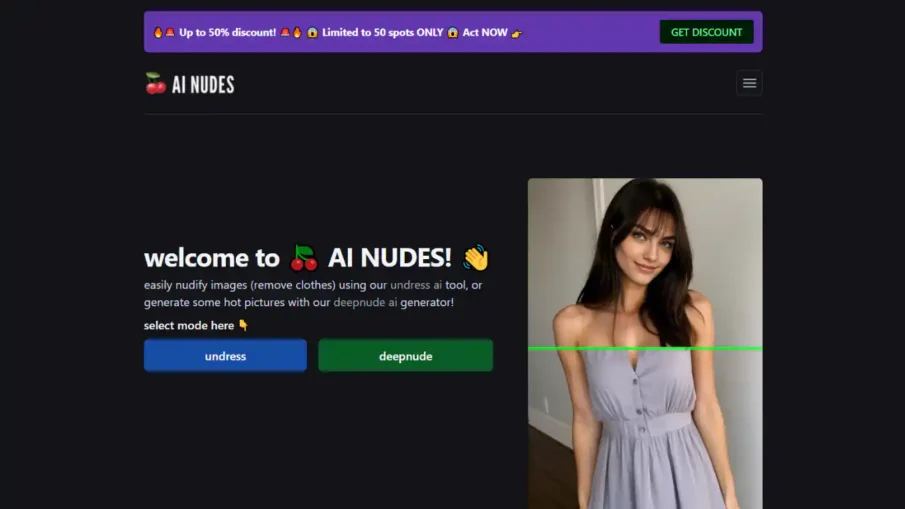Artificial Intelligence (AI) has made remarkable nude ai generator strides in recent years, enabling the creation of highly realistic images and art. One of the more controversial aspects of AI-generated imagery involves the creation of nude art, which presents a complex interplay of ethics, technology, and societal norms. Understanding these nuances is crucial in navigating the responsible use of AI in this field.
The Power of AI in Art and Imagery
AI technologies, such as generative adversarial networks (GANs) and deep learning algorithms, have revolutionized various domains, including art and visual content creation. These systems can generate hyper-realistic images from textual descriptions or combine existing art styles to create new works. Artists and creators are increasingly using AI to explore new creative avenues and expand the possibilities of artistic expression.
The Emergence of AI-Generated Nude Imagery
One significant application of AI in art is the creation of nude imagery. Historically, nude art has been a legitimate genre in the art world, with countless renowned works celebrating the human form. However, the advent of AI brings both opportunities and challenges in this space.
AI can generate realistic depictions of the human body, which can be used for legitimate artistic and educational purposes. However, this technology also raises concerns about misuse, especially when it comes to non-consensual or inappropriate applications. The ease with which AI can create realistic nude images poses risks for privacy, consent, and exploitation.
Ethical Considerations and Challenges
- Consent and Privacy: One of the primary ethical concerns is the lack of consent. AI-generated imagery can be created without the knowledge or permission of individuals whose likenesses are used or replicated. This raises significant issues related to privacy and consent, especially when such images are shared or distributed without authorization.
- Misuse and Exploitation: The ability of AI to create realistic nude images can be exploited for malicious purposes, such as creating non-consensual pornography or deepfakes. This misuse can have severe consequences for individuals’ reputations and mental health.
- Regulation and Governance: The rapid advancement of AI technology often outpaces existing legal and ethical frameworks. As a result, there is a growing need for comprehensive regulations and guidelines to govern the creation and distribution of AI-generated imagery, particularly in sensitive areas like nude art.
Responsible Use and Future Directions
Addressing these challenges requires a multi-faceted approach:
- Ethical Guidelines: Developers and artists should adhere to ethical guidelines that prioritize consent, privacy, and respect for individuals. Transparency about the use of AI and the intentions behind its application can help mitigate potential risks.
- Technological Safeguards: Implementing safeguards and detection mechanisms to identify and prevent misuse of AI-generated imagery can help protect against harmful applications.
- Legal Frameworks: Governments and regulatory bodies need to establish and enforce legal frameworks that address the specific challenges posed by AI-generated content. This includes defining clear boundaries for the creation and distribution of sensitive imagery.
- Education and Awareness: Raising awareness about the ethical implications of AI-generated imagery is crucial for both creators and consumers. Education can help foster a more responsible and informed approach to the use of this technology.
Conclusion
AI-generated imagery, including nude art, presents both opportunities and challenges. While AI can enhance creative expression and artistic exploration, it also necessitates careful consideration of ethical, legal, and societal implications. By fostering responsible use and establishing clear guidelines, we can navigate the complexities of this technology and ensure that its benefits are realized while minimizing potential harms.

